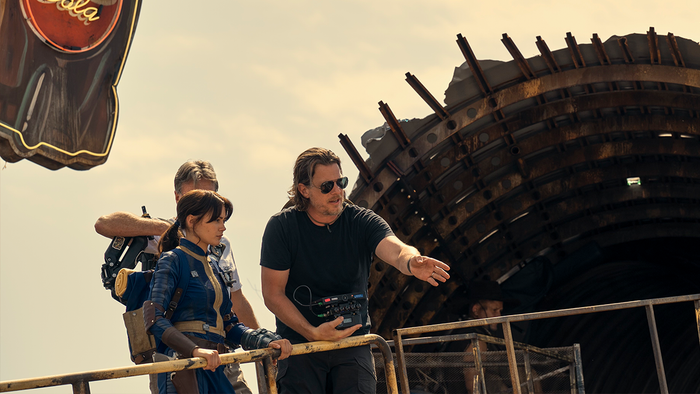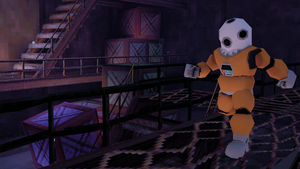Akira Yamaoka, famed for his Silent Hill soundtracks, today discussed his thoughts on sound design, informed by his 20 year career of making music and games, saying that the "lack of sound impresses people more than beautiful music."

Akira Yamaoka, famed for his Silent Hill soundtracks, today discussed his thoughts on sound design, informed by his 20 year career of making music and games. Orginally, he went to design school, and that’s how he came into the game world. But he loved both games and audio, so he wanted wanted to do both. “When I started getting into games, the Famicom was yet to come,” he said, as computers were the prominent game machines at the time he entered the industry. At the time they had to create music with numbers and math, but now you can compose music with amazing interfaces, he said. “I was thinking that as the tools have evolved, and the interface evolved, what can we do next? Of course we can do precise and clear music, but what else?” “Sound is closer to stimulating the emotions in your brain, compared to sight and touch,” he said. Yamaoka then went into elements of sound that can affect human psychology – such as the study saying that moving clockwise causes anxiety, and that greatly varying heights can cause distress. We can use this in games, he said. “Those minute details have maybe nothing to do with audio, but you can use some of these to fill in gaps in peoples’ minds” If you’ve got a running animation, for instance, the footfalls need sound. But you can precede the visuals with audio, to induce intensity or anxiety, or the audio can follow the visuals, inducing a sense of security or comfort. He employed this in Silent Hill, saying “I was intentionally giving the sound ahead of the frame where action would happen.” Another interesting phenomenon is the human brain’s ability to fill in gaps in sound, especially if there’s some sort of noise in the gap. To illustrate this, he played a song with some audible gaps placed every half second. It was quite jarring and difficult to listen to. But when he put white noise in the gaps, it sounded almost complete, just with interference overlayed. “We use this a lot in horror,” he said, adding that “the lack of sound impresses people more than beautiful music” if it’s contrasted. To end up his talk, Yamaoka played a guitar piece, overdubbing himself along with a beat, to show how you can mix tools and artistry to create something. “God is in the detail of the arts” he said. This message has been in his head for 20 years as he made music for games.
Read more about:
event gdcAbout the Author(s)
You May Also Like








